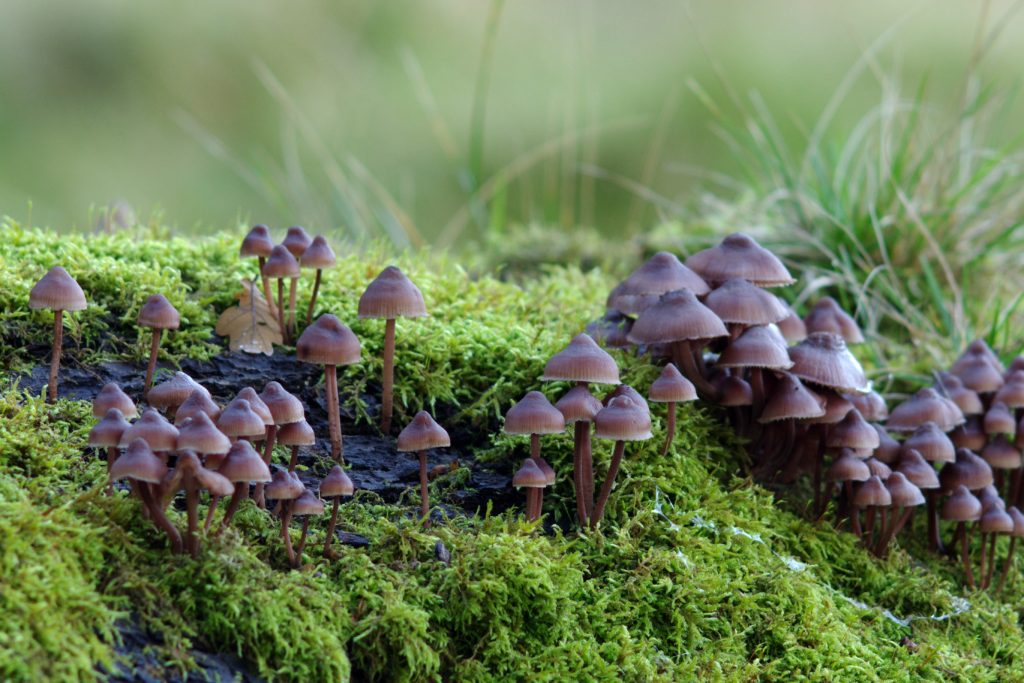
Commonly, the word “mushroom” referrs to white button mushroom that we eat. However, when we refer “mushrooms” to the fungi family then the field is much broader. Moreover, Fungi are found at every corner of our world and grow in a wide range of habitats from hottest deserts to coldest extremes; from highest mountain to deepest seas.
Around 100,000 species of fungi have been formally classified or described by scientists yet we only touched the surface of the fungus kingdom. On the basis of observations of the ratio of the number of fungal species to the number of plant species in selected environments, the fungal kingdom estimates to contain over 5 million species. Of all the known species, approximately 2000 are edibles. Based on studies, out of those, 270 species have potential therapeutic or preventative agents that may ensure wellness of humans.
We have been using mushrooms for medicinal purposes for thousands of years. However, only in recent decades, more scientific and research attention have been paid to studying their medicinal benefits.
Fungi or Mushroom Lifecycle
A mushroom’s life cycle starts when a fully grown mushroom gives out spores. The spores turn into hyphae, hyphae to mycelia, mycelia to button then button grows into a mature mushroom fruit body again. The mature mushroom then produces spores and the entire process repeats.

The lifecycle of a mushroom occurs in five steps:
- Adult mushrooms produce spores and release them into the air. This is known as sporulation.
- The wind carries the spores then the spores land in a hospitable growing environment. The environment can be soil, manure or even debris from other plants. Then, they germinate and start produce hyphae in the environment they have landed in.
- As the hyphae (kind of like the root system) grows, then they start to produce mycelium in the environment.
- The mycelia grow toward the surface and form the mushroom button. At this stage, it breaks the surface and is visible. It resembles a small mushroom with a casing called the universal veil.
- The mushroom grows, breaks the universal veil and becomes a mature mushroom which is the fruit body. The mushroom fruit body produces its own spores, and the cycle repeats itself.
